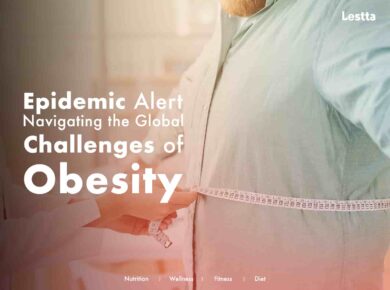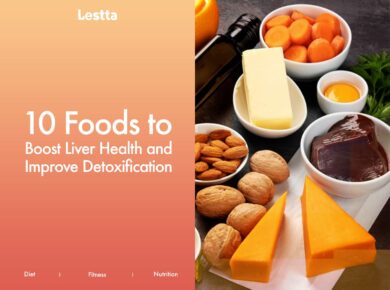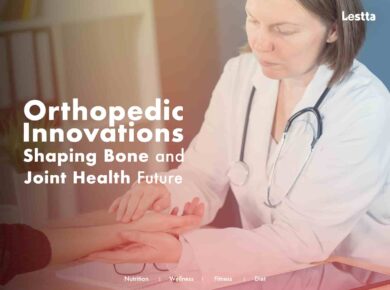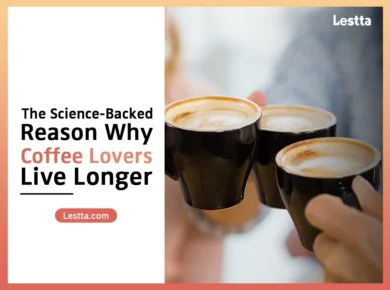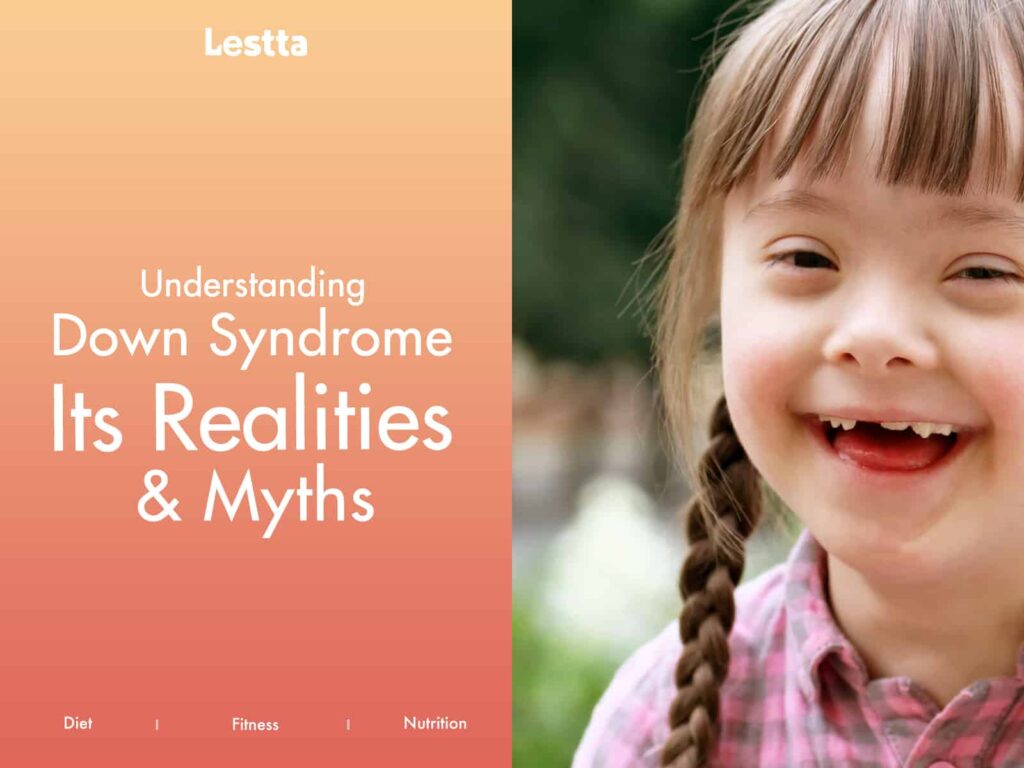
Down syndrome is a genetic disorder that affects approximately 1 in every 700 births worldwide. It is important to have a clear understanding of this condition, as it often comes with a range of misconceptions and stereotypes. In this article, we will delve into the realities of this condition and debunk some common myths.
Understanding Down Syndrome
Down syndrome, also known as trisomy 21, is caused by the presence of an extra copy of chromosome 21. Also, this additional genetic material affects the development of the body and brain, leading to certain physical and intellectual characteristics.
People with Down syndrome often have distinct facial features, such as upward slanting eyes and a flat nasal bridge. They may also have low muscle tone, developmental delays, and intellectual disabilities, though the severity of these traits can vary widely.
Its Realities
1. Individuality and Potential:
While individuals with Down syndrome share certain physical and cognitive characteristics, it is crucial to recognize that each person is unique.
They have their own personalities, strengths, and interests, just like anyone else. With proper support, education, and opportunities, people with Down syndrome can lead fulfilling lives and achieve significant personal growth.
2. Education and Inclusion:
In recent years, there has been a shift towards inclusive education, which aims to provide individuals with Down syndrome access to mainstream educational settings.
This approach promotes social integration, fosters learning, and breaks down barriers that may hinder their development. Inclusive education allows students with Down syndrome to interact with their peers, learn from different experiences, and build meaningful relationships.
3. Employment and Independence:
On the Contrary to popular belief, individuals with Down syndrome can be gainfully employed and contribute to society in various ways. While they may face challenges, including slower learning rates and communication difficulties, with appropriate training and support, they can excel in different fields.
Many organizations now recognize the value of diversity and are creating inclusive workplaces that accommodate such unique abilities and contributions of individuals.
Debunking Myths
1. It is not a Disease
Down syndrome is a genetic condition, not an illness or disease. People with Down syndrome are not “sick” or “broken”; they simply have an extra chromosome. With the right resources and support, they can lead happy, healthy lives and thrive in their communities.
2. Not Limited to a Single Ethnicity
Down syndrome can occur in individuals of all races, ethnicities, and socioeconomic backgrounds. It is a random occurrence during the formation of reproductive cells, and parents have no control over whether their child will have Down syndrome or not.
It is important to recognize that this condition can affect anyone, and acceptance and understanding should be extended to all individuals and families facing this challenge.
3. It is not a Measure of Intelligence:
While individuals with Down syndrome may have intellectual disabilities, their cognitive abilities vary greatly. It is incorrect and unfair to assume that all individuals with Down syndrome have the same level of intelligence or cannot learn and grow.
Many of them have talents, skills, and capabilities that can be nurtured and developed through appropriate support and opportunities.
Conclusion
Understanding down syndrome involves dispelling the myths surrounding this condition and embracing the realities faced by individuals with it. It is essential to recognize the unique abilities and potential of those people and provide them with the support and opportunities they need to thrive.
By fostering inclusivity, education, and employment, we can create a society that appreciates and celebrates the diversity of all its members.
